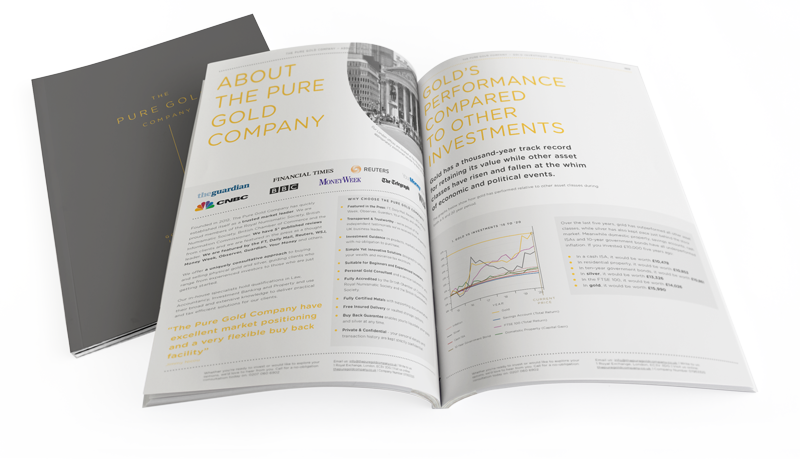By Joshua Saul
The largest gold-producing nation is China, which produced around 437 tonnes of gold in 2016 (which may seem like a tiny amount, but it’s nearly as much as the next two largest producers combined). More than 30 countries worldwide mine some quantity of gold from their territories, with Australia as the second-largest gold producer at 287.3 tonnes, and Russia third with 274.4.
In total, nine countries worldwide mined more than 100 tonnes of gold in 2016, including the United States, Peru, South Africa, Canada, Mexico and Indonesia. Other producers ranged from Brazil, with 96.8 tonnes, to Sweden, which mined just 6.5.
20th And 21st Century Gold Mining
Gold mining over the 20th and 21st centuries has been an interesting industry, with sharp rises corresponding to major events affecting gold as a commodity and as an economic and political catalyst. Gold mining and production rose sharply before the First World War, as gold reserves were an integral part of a nation’s capacity to fight the large, industrialised wars of that age, and spiked again sharply in the 1930s and 1940s as the strain of paying for the Second World War bankrupted the treasuries of Europe and Russia. The ensuing sharp drop-off was a consequence of the uniquely unequal postwar situation. At the time, much of the world’s mining capacity was in the US, which also had most of the gold received as payment for Lend-Lease aid during the conflict.
Nonetheless, the rate of gold mining climbed steadily and then climbed again when the price rapidly increased following the Nixon Shock, the removal of the US Dollar from the gold standard by President Nixon in 1971. It wasn’t until 1977 that private gold ownership became legal in the US, an end to a law that had lasted since 1933, with another spike in both gold prices and mining rates following.
Mining and the gold price
While there are exceptions, gold mining as a business is inherently tied to the gold price, and can be extremely financially volatile. Because gold is extremely expensive to extract in any quantity and its value is defined by its rarity, mining gold appreciably reduces the value of the gold being mined. In extreme cases, such as during gold rushes, this can lead to mining enterprises inflating themselves out of business.
It should be noted, however, that as covered in an interview with Marketplace.com, central banks worldwide, including the Russian and Chinese central banks, are currently rushing to acquire strategic reserves of gold. While the US, Germany and Italy maintain the largest gold reserves of all, Russia and China aren’t far behind. In total, central banks own 17.8% of all the gold mined in the world, and some of that comes directly from mining interests in their own countries.
In the face of escalating uncertainty, every country in the world are holders or net purchasers of physical gold with not one single country selling any gold. This poses the simple question, if we have only buyers and no sellers, what are we supposed to rely on for gold supply? There is a finite supply of gold in the ground and not enough to cater for the overwhelming demand from global nations around the world. Experts believe that this will contribute to considerable support in the gold price over the next 10 years. With almost a 45% increase in the gold price since 2015, perhaps this ascent has only just begun.

